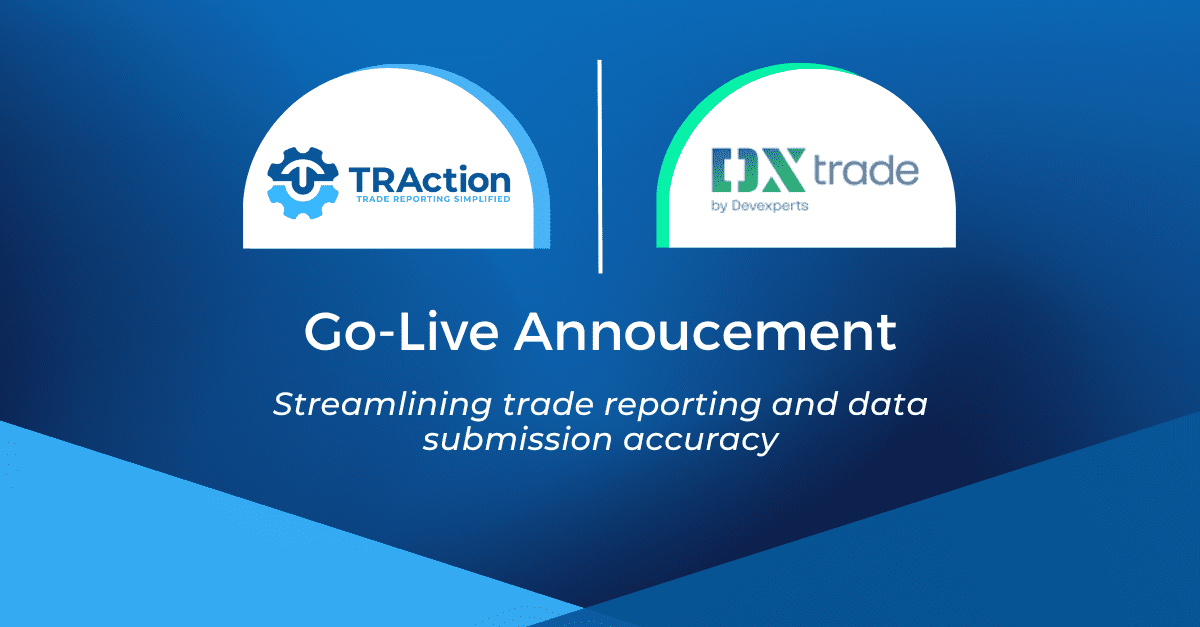Refit, Rewrite, RTS, EMIR II; Navigating the Maze of EMIR Version Names
Regulatory reporting is hard enough without the confusion over which version of each regime is the latest. EMIR has gone through a number of variations since it was first implemented in 2012. We thought it would be a great time to outline what the EMIR version names relate to and where we are currently at as we anticipate further changes to the regime.
| Term | Background | Explanation for changes |
|---|---|---|
| EMIR 1.0 | European Market Infrastructure Regulation | Used retrospectively to refer to EMIR regulation prior to the introduction of EMIR Refit in June 2019. The core difference between EMIR 1.0 and following versions of the regime is that EMIR 1.0 did not: • capture alternative investment funds (AIFs) and their managers; • have a category for small financial counterparties (SFCs); • refine the clearing threshold calculation and subsequent obligations for NFCs. |
| EMIR RTS and ITS | Regulatory Technical Standards and Implementing Technical Standards | EMIR Refit 2019 amended the EMIR regulation in respect of the: • clearing obligations; • reporting requirements; • risk-mitigation techniques for OTC derivative contracts not cleared by a central counterparty (CCP); and • registration and supervision of trade repositories (TRs). |
| EMIR Refit 2019 (also referred to as “EMIR II”) | REFIT is the acronym for the European Commission’s Regulatory Fitness and Performance programme | EMIR Refit 2019 amended the EMIR regulation in respect of the: • clearing obligations; • reporting requirements; • risk-mitigation techniques for OTC derivative contracts not cleared by a central counterparty (CCP); and • registration and supervision of trade repositories (TRs). |
| EMIR 2.2 | European Market Infrastructure Regulation | EMIR 2.2 came into effect in January 2020 and categorised all non-EU CCPs into Tier 1 and Tier 2. It is contingent upon ESMA’s determination of the CCP’s systemic importance to the EU. Those CCPs deemed Tier 1 (non-systematically important) continue to operate as normal, while CCPs in Tier 2 (systematically important) are subject to supervision requirements and the obligation to comply with requirements as set by EU central banks. |
| UK EMIR (also referred to as “UKMIR”) | The United Kingdom’s “onshored” version of EMIR due to Brexit | Although UK EMIR is largely identical to that under EU law, key points of difference include: • change in governing bodies – the UK Treasury and the FCA now performs functions that were previously undertaken by the European Commission and ESMA, respectively; and • third-country counterparties (and their UK branches) are outside the scope of UK EMIR meaning EU counterparties will generally continue to be captured under EMIR. |
| EMIR Refit | Refers to the amendments to EMIR Refit and the further development of RTS and ITS in ESMA’s Final Report which will apply from 29 April 2024. | Amendments outlined in ESMA’s Final Report have been published into the European Commission Official Journal on 27 October 2022 with an 18 month implementation timeline. The new regulation will go-live on 29 April 2024.
The fundamental changes under the EMIR Refit comprise the: |
The new changes in EMIR Refit are largely attributed to ESMA’s aim to align EMIR with agreed upon global standards and to improve data quality. EMIR Refit will require firms within scope to undertake significant updates to their reporting logic due to the additional data fields required under this version of the regime.
We have written a concise article on the top 6 changes in EMIR Refit that you need to know.
Should you need further clarification on how the EMIR Refit will affect your business operations or if you are overwhelmed by the additional requirements outlined, please get in touch with us.




